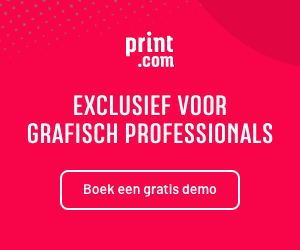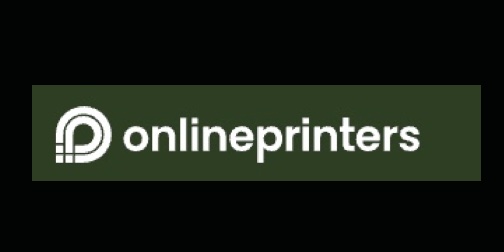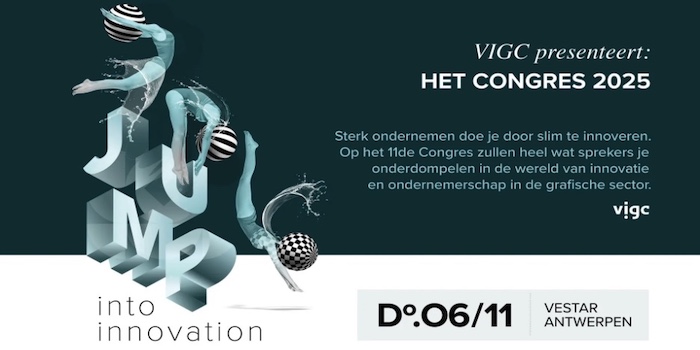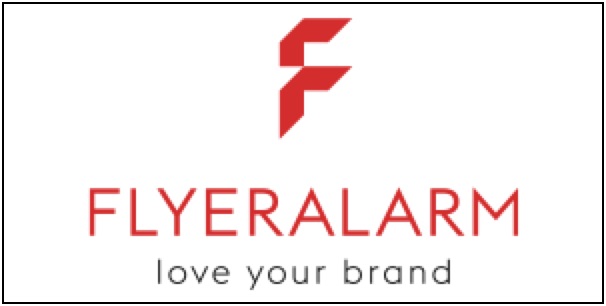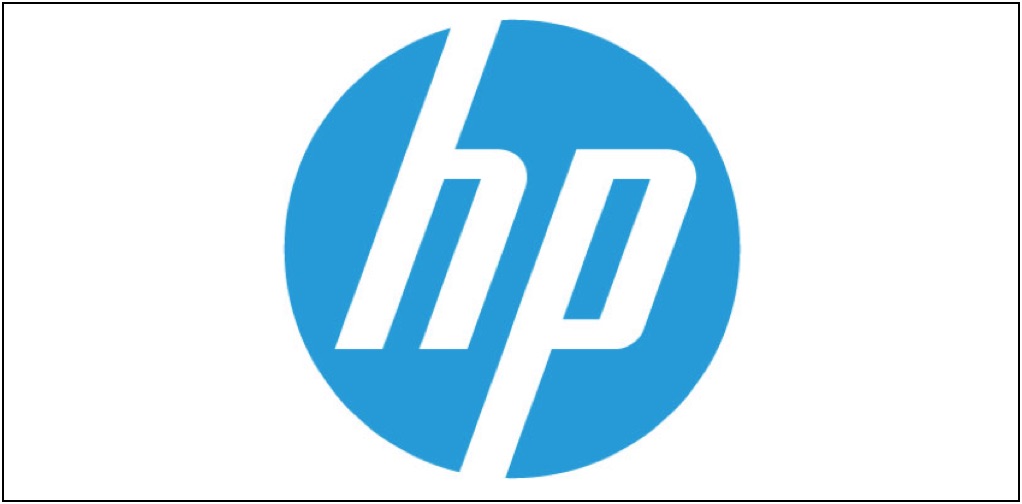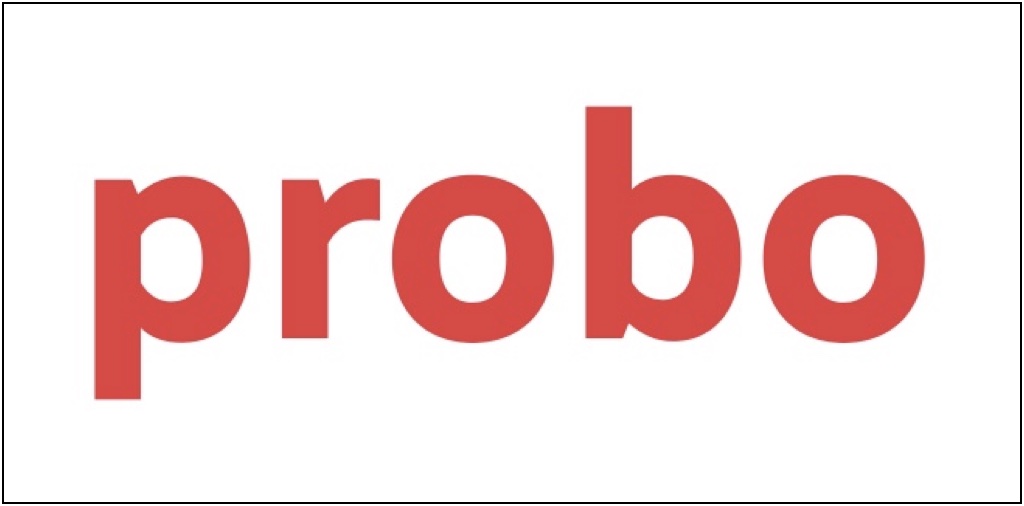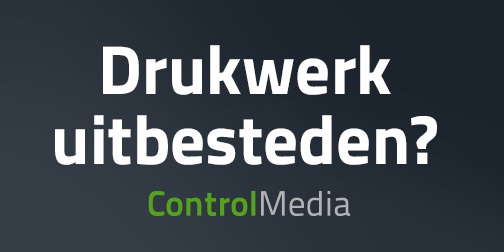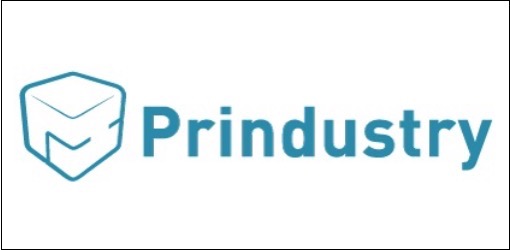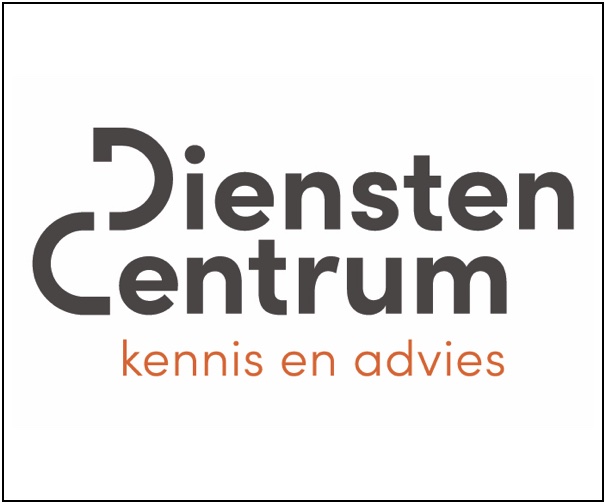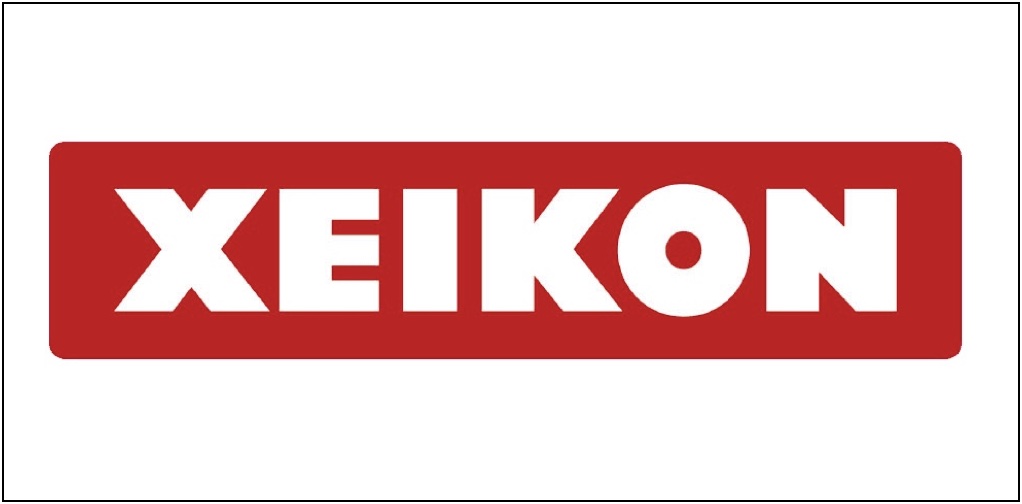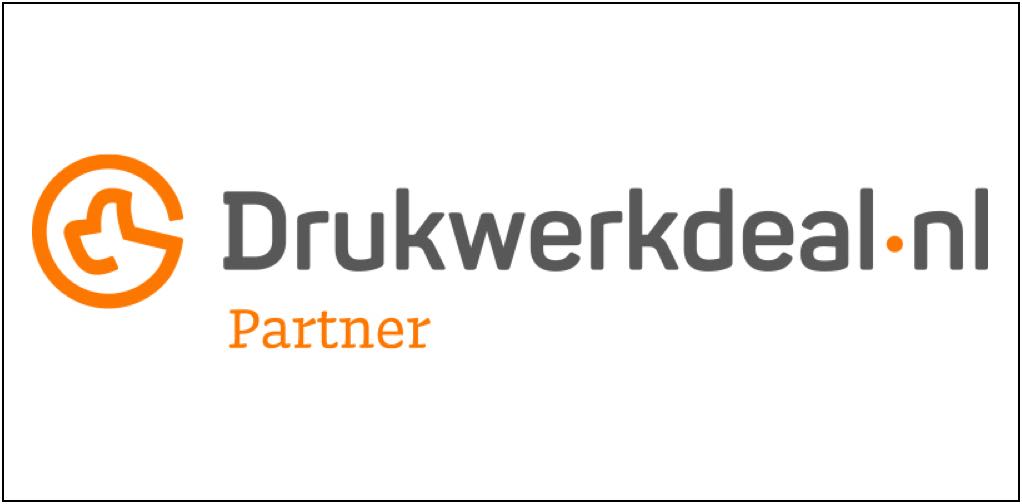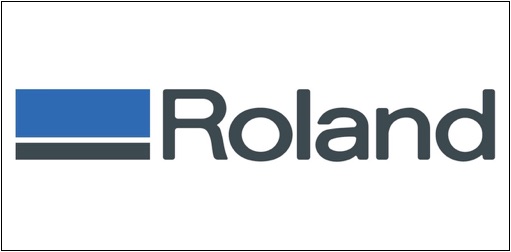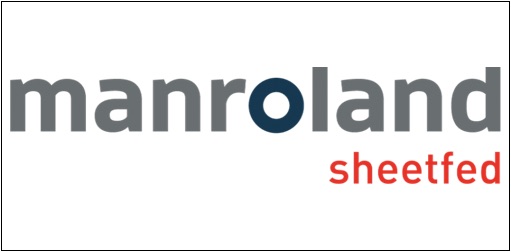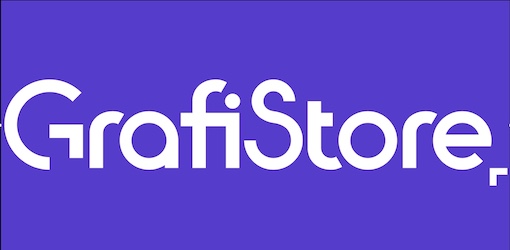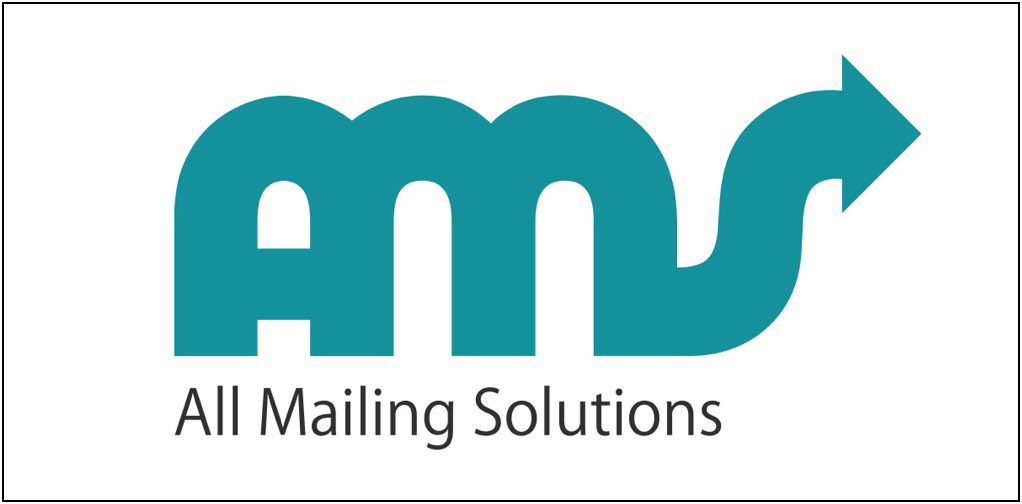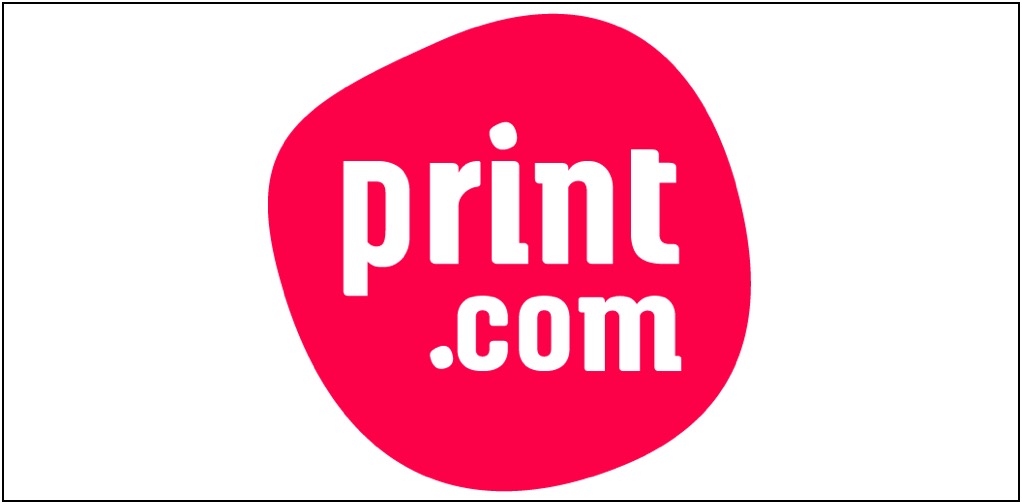Rob van den Braak
 Een voorspelbaar resultaat is een sleutelfactor voor succes ook in groot formaat printen. Paul Lindström legt in deze Wild Format Guide uit welke vormen van standaards er zijn en hoe deze het beste toegepast kunnen worden. Download Paul’s Guide op onze download pagina.
Een voorspelbaar resultaat is een sleutelfactor voor succes ook in groot formaat printen. Paul Lindström legt in deze Wild Format Guide uit welke vormen van standaards er zijn en hoe deze het beste toegepast kunnen worden. Download Paul’s Guide op onze download pagina.Lees verder....
 Magazine portfolios (a weekly subscription to a variety of magazines which was consecutively shared with others in the same neighbourhood) already knew this in the last century, selling content is easiest in smaller chunks. That is exactly what non linear digital publishing intends to do. According to David Wilcockson this does not only guarantee a steady income stream, but also a faithful following. Read his blog via this link. And perhaps printing on demand can benefit from non linear publishing.
Magazine portfolios (a weekly subscription to a variety of magazines which was consecutively shared with others in the same neighbourhood) already knew this in the last century, selling content is easiest in smaller chunks. That is exactly what non linear digital publishing intends to do. According to David Wilcockson this does not only guarantee a steady income stream, but also a faithful following. Read his blog via this link. And perhaps printing on demand can benefit from non linear publishing.
Lees verder....
 In her Verdrigris blog Laurel Brunner talks about the difference between the Eco-Management and Audit Scheme (EMAS) and the ISO 14001 standard. In her opinion the ISO 14001 is a stepping stone towards EMAS which has more legal qualities to it. Read her story about this difficult choice on our articles page.
In her Verdrigris blog Laurel Brunner talks about the difference between the Eco-Management and Audit Scheme (EMAS) and the ISO 14001 standard. In her opinion the ISO 14001 is a stepping stone towards EMAS which has more legal qualities to it. Read her story about this difficult choice on our articles page.
Lees verder....
 Environmental management is something all businesses should bother with, but it’s such a wooly term. In a way it has to be vague because it means running your business to have the least negative environmental impact possible, and how do you define that? If you’re in the mining business your challenges will be rather different than if you are a florist. The graphic arts industry has equivalent extremes, from gravure printing that has to deal with very nasty chemicals, to digitally printing documents on demand, the producers of which give chemicals and their disposal barely a second thought. Environmental management in all cases is necessary and useful. Fortunately there are only two options we consider relevant for all graphic arts situations.
Environmental management is something all businesses should bother with, but it’s such a wooly term. In a way it has to be vague because it means running your business to have the least negative environmental impact possible, and how do you define that? If you’re in the mining business your challenges will be rather different than if you are a florist. The graphic arts industry has equivalent extremes, from gravure printing that has to deal with very nasty chemicals, to digitally printing documents on demand, the producers of which give chemicals and their disposal barely a second thought. Environmental management in all cases is necessary and useful. Fortunately there are only two options we consider relevant for all graphic arts situations.
These are the Eco-Management and Audit Scheme (EMAS), developed by the European Commission and ISO 14001, the Environmental Management System standard. In many ways they are similar but both are established and recognised, with uptake across all manner of industries.
EMAS has been around for several years and is designed to help companies go beyond the bare minimum of legal compliance. It has much in common with ISO 14001, but has additional focus on legal compliance and getting people involved in environmental performance improvement. Like ISO 14001 it requires external validation of a company’s management system, however because ISO 14001 is an ISO standard, it tends to have more international credibility than EMAS.
Environmental management is increasingly important in many industries, although it has to be said that printing and publishing companies aren’t a big part of this cohort. But for printers especially, it’s a mistake to overlook the benefits environmental management systems can bring. Not least is the business efficiency improvements that come out of improved resource management. There is also the benefit of having a coherent environmental impact management structure for customer relations and supply chain management.
Choosing EMAS or ISO 14001 is a matter of what works best for the business. ISO 14001 is considered a stepping stone for EMAS so that there is no duplication of effort, if you already have ISO 14001 and want to gain EMAS certification. The main difference between the two is that EMAS tends to go a bit further in some areas such as legal compliance. There is also a heavier emphasis on performance improvement which is evaluated with an annual performance audit. ISO 14001 is more concerned to see improvements to the system itself, and that the company complies with the law but there is no specific legal compliance audit. Also ISO 14001 doesn’t include anything about public dialogue, unlike EMAS which requires open dialogue. The question isn’t really which of the two to choose, but when to make your choice. Sooner is better than later.
 In haar Verdigris blog kaart Laurel Brunner het verschil aan tussen de Eco-Management and Audit Scheme (EMAS) en de ISO 14001 norm. Zij ziet ISO 14001 als een opmaat voor EMAS dat vooral meer juridische eigenschappen heeft. Lees haar verhaal over deze moeilijke keuze op onze artikelen pagina.
In haar Verdigris blog kaart Laurel Brunner het verschil aan tussen de Eco-Management and Audit Scheme (EMAS) en de ISO 14001 norm. Zij ziet ISO 14001 als een opmaat voor EMAS dat vooral meer juridische eigenschappen heeft. Lees haar verhaal over deze moeilijke keuze op onze artikelen pagina.
Lees verder....
 Environmental management is something all businesses should bother with, but it’s such a wooly term. In a way it has to be vague because it means running your business to have the least negative environmental impact possible, and how do you define that? If you’re in the mining business your challenges will be rather different than if you are a florist. The graphic arts industry has equivalent extremes, from gravure printing that has to deal with very nasty chemicals, to digitally printing documents on demand, the producers of which give chemicals and their disposal barely a second thought. Environmental management in all cases is necessary and useful. Fortunately there are only two options we consider relevant for all graphic arts situations.
Environmental management is something all businesses should bother with, but it’s such a wooly term. In a way it has to be vague because it means running your business to have the least negative environmental impact possible, and how do you define that? If you’re in the mining business your challenges will be rather different than if you are a florist. The graphic arts industry has equivalent extremes, from gravure printing that has to deal with very nasty chemicals, to digitally printing documents on demand, the producers of which give chemicals and their disposal barely a second thought. Environmental management in all cases is necessary and useful. Fortunately there are only two options we consider relevant for all graphic arts situations.
These are the Eco-Management and Audit Scheme (EMAS), developed by the European Commission and ISO 14001, the Environmental Management System standard. In many ways they are similar but both are established and recognised, with uptake across all manner of industries.
EMAS has been around for several years and is designed to help companies go beyond the bare minimum of legal compliance. It has much in common with ISO 14001, but has additional focus on legal compliance and getting people involved in environmental performance improvement. Like ISO 14001 it requires external validation of a company’s management system, however because ISO 14001 is an ISO standard, it tends to have more international credibility than EMAS.
Environmental management is increasingly important in many industries, although it has to be said that printing and publishing companies aren’t a big part of this cohort. But for printers especially, it’s a mistake to overlook the benefits environmental management systems can bring. Not least is the business efficiency improvements that come out of improved resource management. There is also the benefit of having a coherent environmental impact management structure for customer relations and supply chain management.
Choosing EMAS or ISO 14001 is a matter of what works best for the business. ISO 14001 is considered a stepping stone for EMAS so that there is no duplication of effort, if you already have ISO 14001 and want to gain EMAS certification. The main difference between the two is that EMAS tends to go a bit further in some areas such as legal compliance. There is also a heavier emphasis on performance improvement which is evaluated with an annual performance audit. ISO 14001 is more concerned to see improvements to the system itself, and that the company complies with the law but there is no specific legal compliance audit. Also ISO 14001 doesn’t include anything about public dialogue, unlike EMAS which requires open dialogue. The question isn’t really which of the two to choose, but when to make your choice. Sooner is better than later.
Laurel Brunner

This blog has been made possible by: Agfa Graphics (www.agfa.com), Digital Dots (http://digitaldots.org), drupa (www.drupa.com), EFI (www.efi.com), Fespa (www.fespa.com), Heidelberg (www.uk.heidelberg.com), Kodak (www.kodak.com/go/sustainability), Mondi (www.mondigroup.com/products), Pragati Offset (www.pragati.com), Ricoh (www.ricoh.com), Shimizu Printing (www.shzpp.co.jp), Splash PR (www.splashpr.co.uk), Unity Publishing (http://unity-publishing.co.uk) and Xeikon (www.xeikon.com).
Blokboek.com is the Dutch media partner of Verdrigris, a non-profit initiative which aims to realistically chart the real footprint of printing and which helps companies and organisations to lower that footprint. More information about Verdrigris can be found via this link.
 Based on the top 10 of user requests Quark has adjusted their desktop publishing and design software QuarkXPress. Most important adjustments are support for PDF/X4 output, larger page sizes and a fixed layout option for interactive ebooks.
Based on the top 10 of user requests Quark has adjusted their desktop publishing and design software QuarkXPress. Most important adjustments are support for PDF/X4 output, larger page sizes and a fixed layout option for interactive ebooks.
QuarkXPress has become much faster due to the long expected 64 bit structure. Version 10 users can upgrade for 299 Euro, if you buy QuarkXPress 10 now you get QuarkXPress 2015 for free. Below is a list of the top 10 changes.
• Stunning 64-bit Performance
• Verified PDF/X-4 Output
• Larger Page Sizes
• Dedicated Orthogonal Line Tool
• Fixed Layout Interactive eBooks
• Custom Paper Sizes
• Relink Any Picture in the Usage Dialogue
• Collect for Output for Complete Project
• User-definable Shortcut Keys on Mac
• Table Styles
• Format Painter
• Automatic Footnotes and End Notes
• A new, much faster table tool for superior Excel integration with table styles
• Text variables for automatically populating reoccurring fields – such as running headers
• Tool Palette, Measurement Palette and Palette Group Docking on Windows
 Quark heeft op basis van een Top 10 wensenlijstje van gebruikers zijn pagina opmaak programma Xpress aangepast. Belangrijkste veranderingen zijn het ondersteunen van PDF/X-4 output, groter paginaformaten en een fixed layout mogelijkheid voor interactieve e-boeken. QuarkXpress 2015 is dankzij de langverwachte 64-bits structuur volgens Quark stukken sneller geworden. Gebruikers van versie 10 kunnen voor 299 euro de update bestellen, als je nu een versie 10 koopt krijg je de update gratis. Dit is het lijstje van de Top 10 veranderingen:
Quark heeft op basis van een Top 10 wensenlijstje van gebruikers zijn pagina opmaak programma Xpress aangepast. Belangrijkste veranderingen zijn het ondersteunen van PDF/X-4 output, groter paginaformaten en een fixed layout mogelijkheid voor interactieve e-boeken. QuarkXpress 2015 is dankzij de langverwachte 64-bits structuur volgens Quark stukken sneller geworden. Gebruikers van versie 10 kunnen voor 299 euro de update bestellen, als je nu een versie 10 koopt krijg je de update gratis. Dit is het lijstje van de Top 10 veranderingen:• Stunning 64-bit Performance
• Verified PDF/X-4 Output
• Larger Page Sizes
• Dedicated Orthogonal Line Tool
• Fixed Layout Interactive eBooks
• Custom Paper Sizes
• Relink Any Picture in the Usage Dialogue
• Collect for Output for Complete Project
• User-definable Shortcut Keys on Mac
• Table Styles
• Format Painter
• Automatic Footnotes and End Notes
• A new, much faster table tool for superior Excel integration with table styles
• Text variables for automatically populating reoccurring fields – such as running headers
• Tool Palette, Measurement Palette and Palette Group Docking on Windows
 PVC film which can be used for decoration once printed on large format printers is increasingly popular. Drytac brings two new products to this growth market which are also peelable. ReTac 150 is a 150µ matte white polymeric PVC film, coated on one side with a pressure-sensitive permanently peelable adhesive. ReTac75 Matte is a 75µ white polymeric version which has Class 0 Fire rating. Class 0 guarantees a longer protection against combustibility.
PVC film which can be used for decoration once printed on large format printers is increasingly popular. Drytac brings two new products to this growth market which are also peelable. ReTac 150 is a 150µ matte white polymeric PVC film, coated on one side with a pressure-sensitive permanently peelable adhesive. ReTac75 Matte is a 75µ white polymeric version which has Class 0 Fire rating. Class 0 guarantees a longer protection against combustibility. Five years ago Adobe introduced the Digital Publishing Suite, a complete software package to make apps of any kind of content. This summer DPS will be replaced by Adobe Publish. The biggest change is a flat fee instead of paying per publication. New are more and better tools with which writers, journalists and their manager can follow the whole process from the start up until the sales of the digital content. More information about Publish, a content-first experience according to Adobe, which will get to market this summer via this link.
Five years ago Adobe introduced the Digital Publishing Suite, a complete software package to make apps of any kind of content. This summer DPS will be replaced by Adobe Publish. The biggest change is a flat fee instead of paying per publication. New are more and better tools with which writers, journalists and their manager can follow the whole process from the start up until the sales of the digital content. More information about Publish, a content-first experience according to Adobe, which will get to market this summer via this link.
Lees verder....
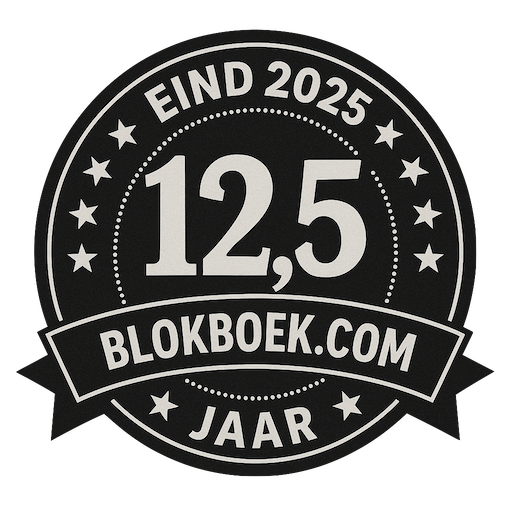
De trainingen voor 2022 staan gereed. Kijk voor het volledige online aanbod van bestaande- en nieuwe trainingen op de website.
BLOKBOEK.COM EN PRINTMEDIANIEUWS: HET OPTIMALE DOELGROEP BEREIK

